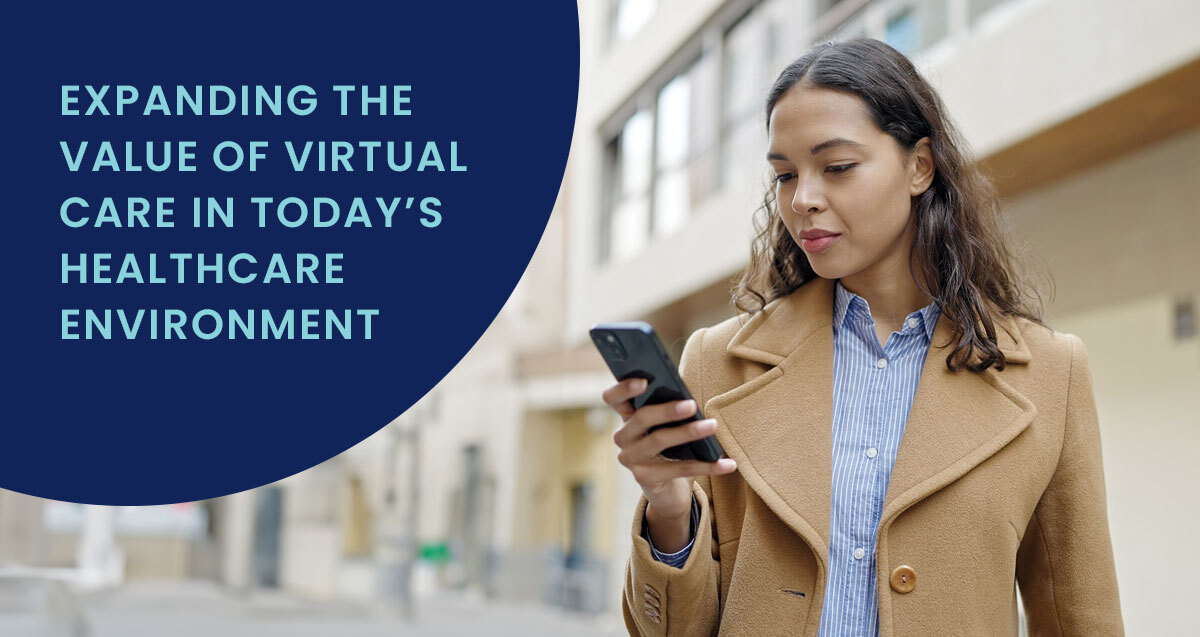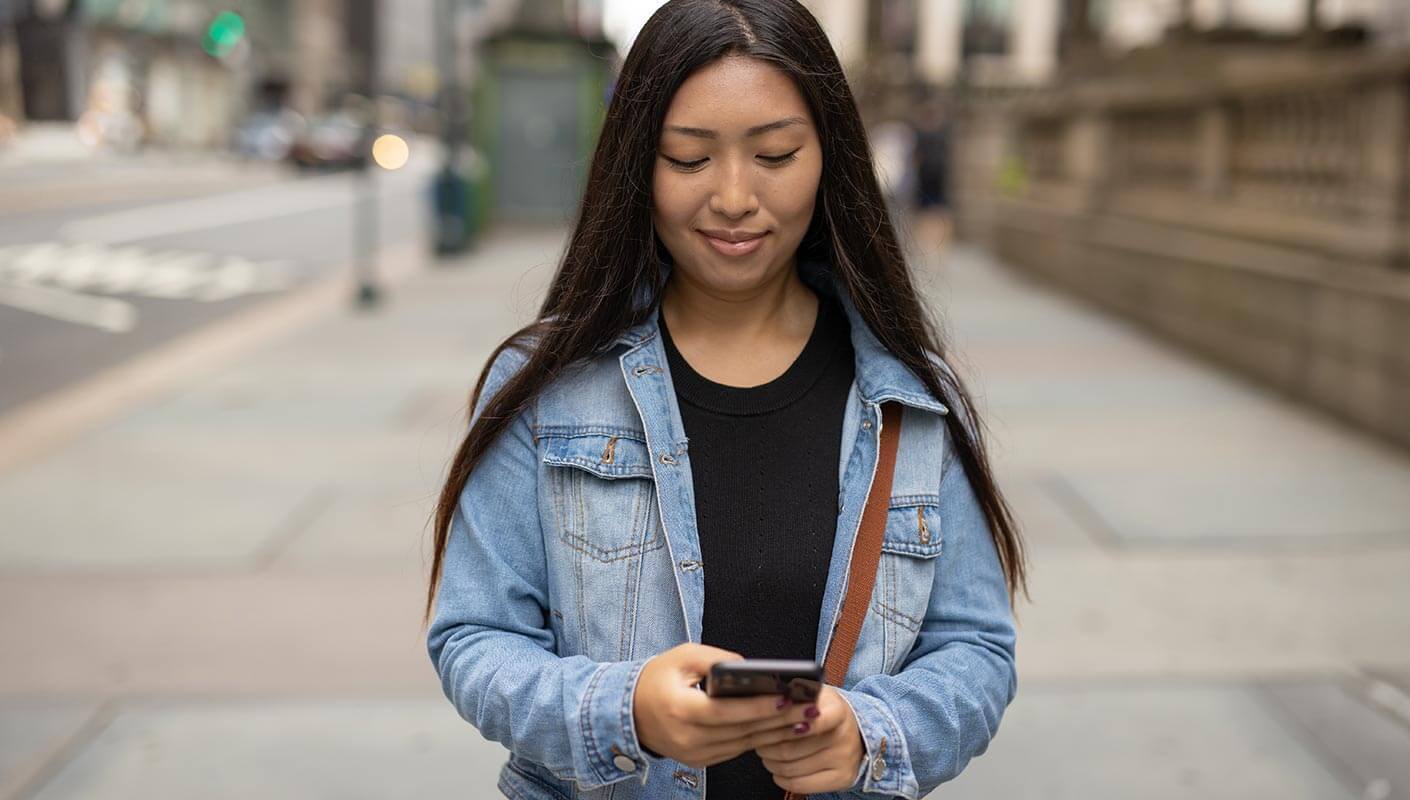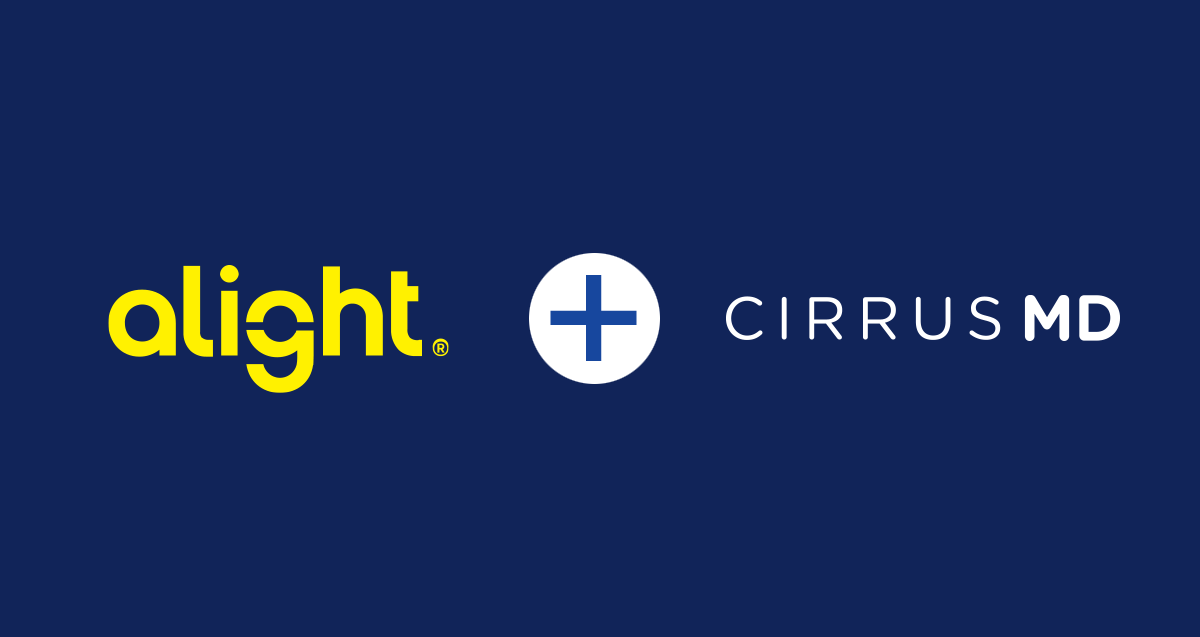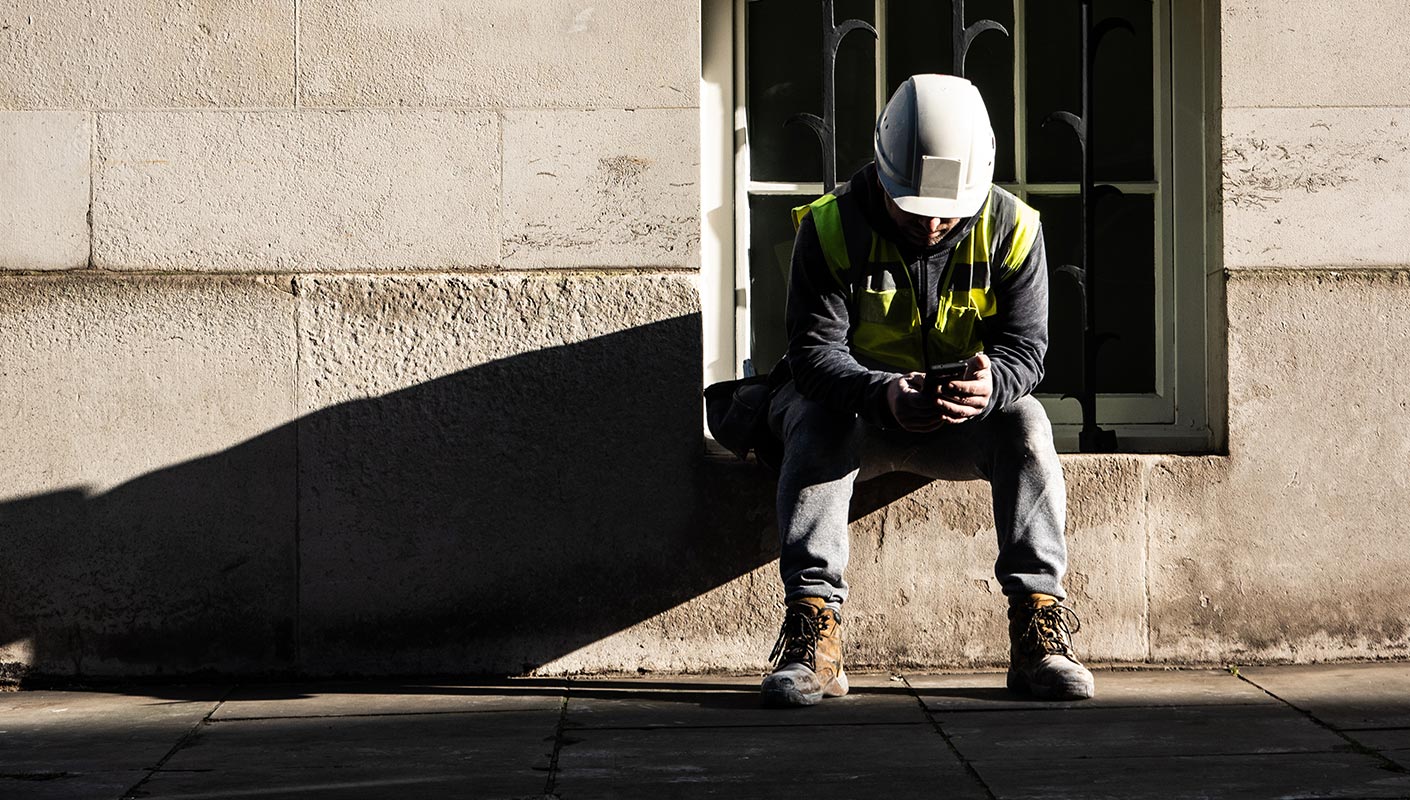
Conversations about diversity, equity & inclusion (DEI) are taking their rightful place center stage in all aspects of life: the workplace, academics, the arts and medicine. In healthcare, addressing DEI means taking the concept to its broadest definition: there can be no equity without accessibility to care.
As people in rural areas, people of color, women, the LGBTQ community and people living in poverty have long known, access to appropriate care is not equally distributed in the U.S. Solving the problem in the long run will take major policy and societal shifts.
But meaningful change is being made to improve access to healthcare today. And one vehicle for that change is probably in your hands right now.
While 16 percent of the population live 30 miles or more from the nearest hospital, few are ever far away from their smartphones. According to the Pew Research Center:
- 85% of Americans own a smartphone
- 75% of people who have earned a high school degree or less own a smartphone
- 80% of rural Americans own a smartphone
During the pandemic, the rise in adoption of virtual care coincided with a loosening of federal regulations around reimbursement, giving more people access to virtual care services. What patients and physicians experienced support researchers’ findings that virtual care improves patient outcomes, lowers hospital readmission rates and can bridge gaps in healthcare access.
However, virtual care services that rely primarily on video conferencing over high-speed internet created their own “digital divide” along demographic lines during the pandemic.
In urban parts of the country, 97% of people have access to high-speed internet, compared to only 65% of people in rural parts of the country. And other factors, such as age, ethnicity and gender identity, affected whether patients would or could access virtual care options.
In contrast, smartphones level the playing field by reducing a person’s dependency on high-speed internet access. Patients can chat with a doctor, monitor a chronic condition and get needed advice about an urgent medical condition.
The implications of mobile health, or mHealth, for equity and inclusivity in healthcare are substantial.

27% of Americans do not have access to broadband.
37% of those in rural areas do not have broadband access.
The Problem
A 2002 National Academy of Medicine (NAM) report found that African Americans and other “racial and ethnic minorities receive lower-quality health care than white people," even when insurance status, socioeconomic status, age, and severity of conditions are comparable.
LGBTQ people in some states can still be denied access to healthcare services. And in many places, healthcare simply doesn’t exist: Sixteen percent of residents living in the mainland United States live in “healthcare deserts,” with no access to even emergency care.
Taken together, the conditions in which people are born, grow, live, work and age are described as social determinants of health (SDOH). These include poverty, geography, gender, national origin, sexual orientation, physical ability and veteran status. It is estimated that 80% of patient outcomes are affected by SDOH — a staggering statistic that underscores the intersection of healthcare and social justice.
During the pandemic, many people burdened by negative SDOH were hardest hit. People of color accounted for a disproportionate number of COVID-related deaths in 2020, lower rates of vaccinations in 2021 and in some communities, a majority of infections by the Delta variant. Similarly, people who live in healthcare deserts have been hit harder by COVID-19 in terms of number and severity.
The pandemic also presented a glaring reminder that the nation is still home to a significant number of uninsured workers, people who lack an equal opportunity to healthcare and are more likely to have been hardest hit by COVID-19 infections.
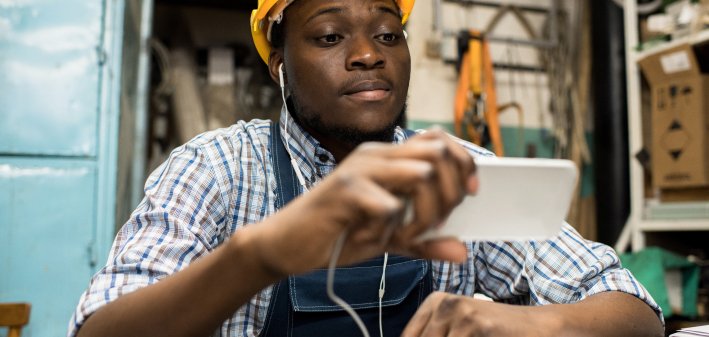
80 to 90% of people read text messages they receive.
With virtual care services like CirrusMD, over 83% of patient encounters are resolved directly on-platform without requiring a referral or any other follow up care.
A Promising Solution
The adoption of virtual care during the pandemic appeared to reduce some of the historic disparities in access. The federal government’s loosening of restrictions around Medicare reimbursements for virtual care opened an entirely new avenue of healthcare; one that is accessible by everyone, everywhere. The adoption of virtual care by people of color, women and older adults during the pandemic has already shown promise in bridging the equity gap.
During the pandemic, some employers reached out to virtual primary care companies like CirrusMD to offer free access to virtual care for both insured and uninsured workers. These human resources diversity initiatives not only bolstered retention efforts and ensured fair treatment of "essential workers," but fostered a sense of belonging and improved health access across diverse corporate workforces.
These learnings from the pandemic inspired the American Medical Association (AMA) to call on the Centers for Medicare and Medicaid Services (CMS) to maintain telehealth reimbursements post-COVID. In fact, the AMA is also pushing for Medicare to keep reimbursing doctors for consulting with patients by phone to ensure that patients without broadband internet service aren’t left behind.
The availability of virtual care that does not rely on broadband service, “has made a huge difference” to patients, wrote AMA Executive Vice President and CEO James Madara, M.D. in a letter urging CMS to maintain reimbursements post-COVID. “Discontinuing payment for these services would exacerbate inequities in health care, particularly for those who lack access to audio-video capable devices such as seniors in minority communities that have been devastated by COVID-19.”
Smartphone-enabled solutions can transcend geography, socio-economic status, race and other SDOH to promote equity and inclusion in healthcare. Of course, mHealth alone cannot solve the stunning disparities in health quality and access. But the pandemic has proven that it is a viable tool – a tool that is, literally, in the patients’ hands.
How CirrusMD Helps Employers with Diversity, Equity & Inclusion Goals
Diversity, equity and inclusion initiatives can span a broad spectrum of dimensions including gender identity, ethnicity, religious beliefs, sexual orientation, physical and mental ability, age, and education.
Sometimes lost among diversity initiatives, however, are dimensions like occupation and geographic location, which can heavily impact access to healthcare.
- “Deskless workers” in fields such as retail, education and manufacturing may not have equal access to private, quiet spaces to conduct virtual care consultations.
- Part-time and seasonal employees often do not qualify for company-sponsored health benefits and are left to improvise solutions that frequently impact their productivity.
- Rural employees may not have reliable access to broadband and find it difficult to conduct a video-based virtual care session.
CirrusMD makes it easy for human resources and employee benefits leaders to cultivate an inclusive environment, and provide on-demand virtual primary care to employees regardless of their occupation, employment status, or where they are located.
Find out why some of America’s most admired employers trust their virtual care to CirrusMD.
